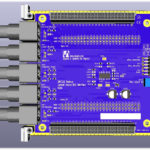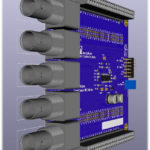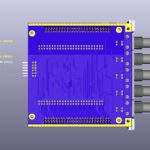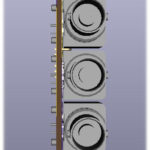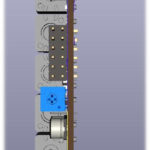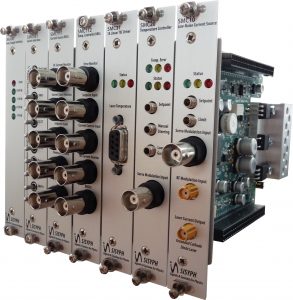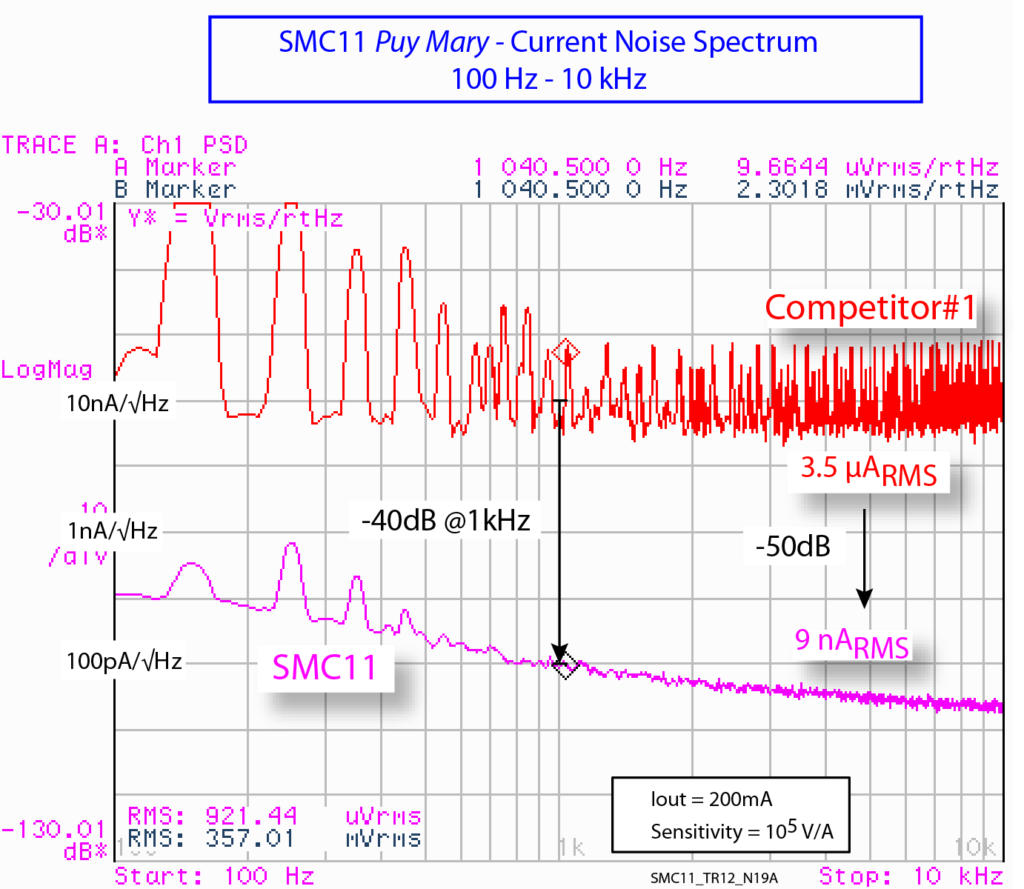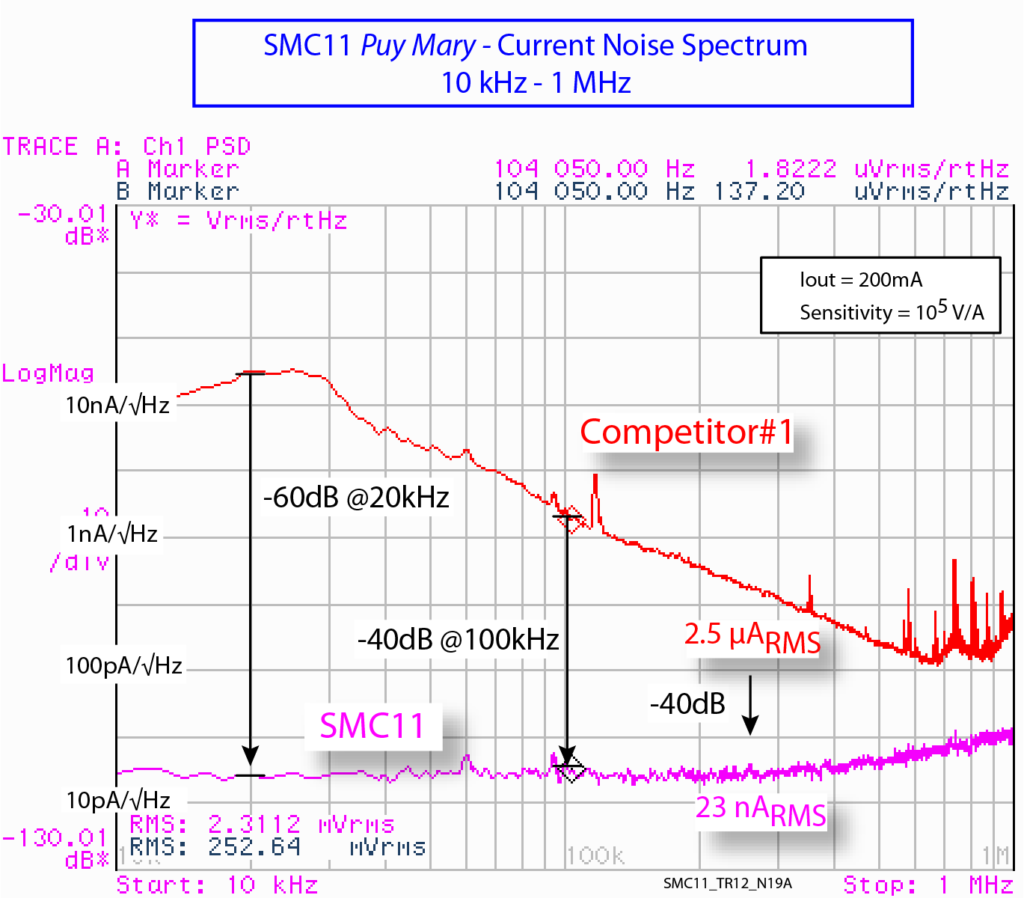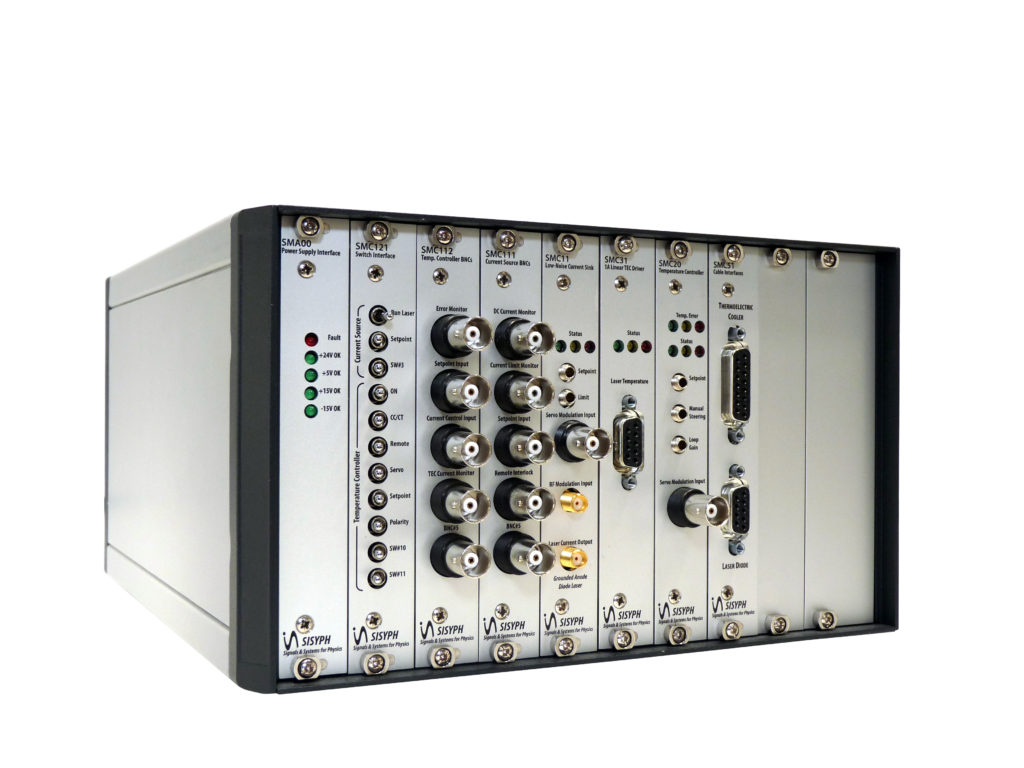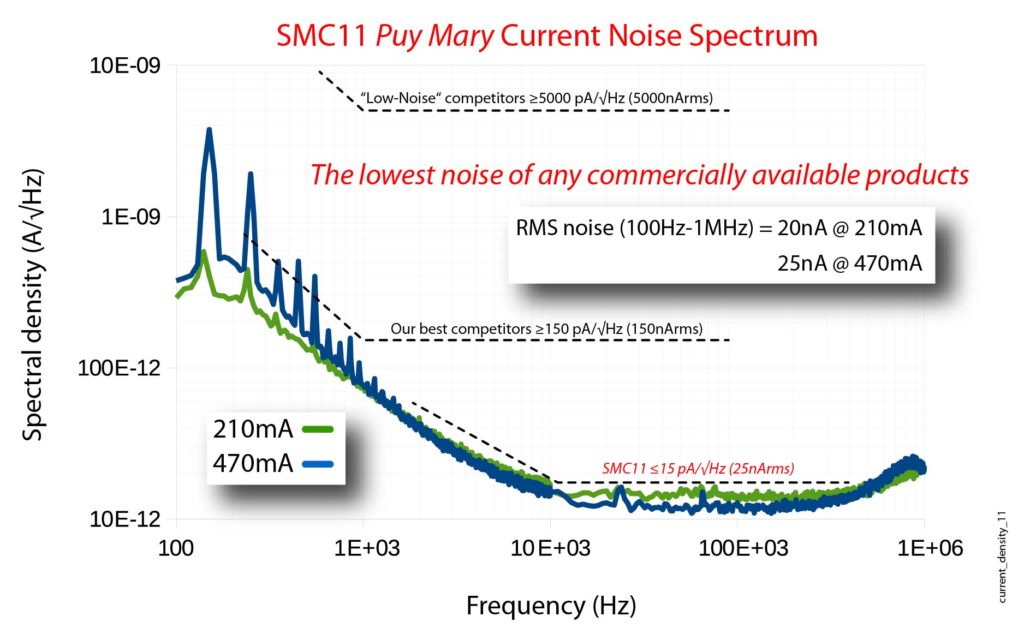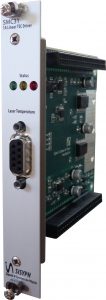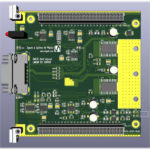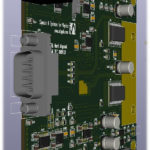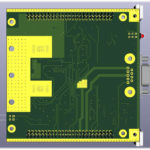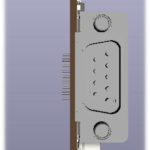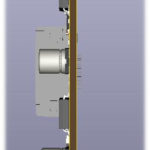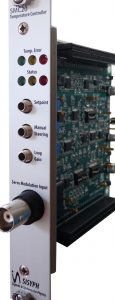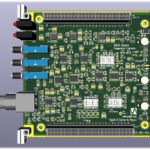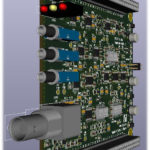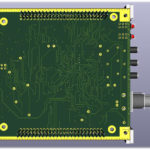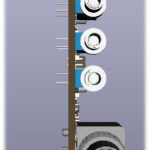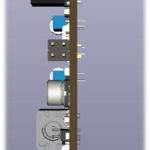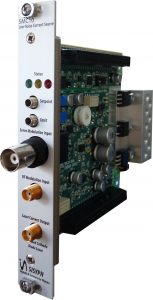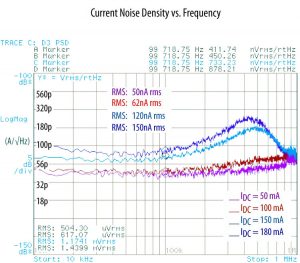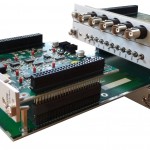Features
- Front panel knob (+/-500mV or +/-5V)
- BNC control input (+/-10V)
- DC-Error signal monitoring
- For use with SMA10 RF Mixer module
- EMI noise immunity
- Free of digital noise
- Schematic diagrams included
Contact Sisyph
Applications
- Locking point control
- RF-optical heterodyne lock
- Laser frequency stabilization
- Pound-Drever-Hall lock
- Residual amplitude modulation (RAM) compensation
- Ideal for rapid prototyping
Overview
The SMA11 DC Error Controller module was designed to control the locking point of a RF-optical heterodyne lock (also known as Pound-Drever-Hall lock).
In a well-designed laser frequency locking electronics, the DC offset of the error signal can be neglected and no lock-acquistion problems should occur. But electronics are not the only source of offset voltages and, faced with a high-level of residual amplitude modulation (RAM) the resulting DC baseline can be large enough to induce significant locking point errors. Moreover, in presence of high-finesse cavities, this DC component due to the RAM makes the lock acquisition difficult, indeed impossible. In such a case, a RAM offset cancellation must be provided.
For this purpose the SMA11 module is used to control the DC level of the error signal delivered by the SMA10 RF Frequency Mixer. The DC level is either adjusted using the front panel knob or the input voltage. The DC range of the potentiometer (+/-5V or +/-500mV) is selected using the dedicated switch. The control voltage resulting from the combination of these settings can be summed to the mixer output through the analog bus connector. This signal is also copied and fed to the front panel for monitoring.
Like all SM-Series modules, the SMA11 is shipped with the schematic diagrams of its electronic circuitry providing all required information for advanced users.
Download
See Also


